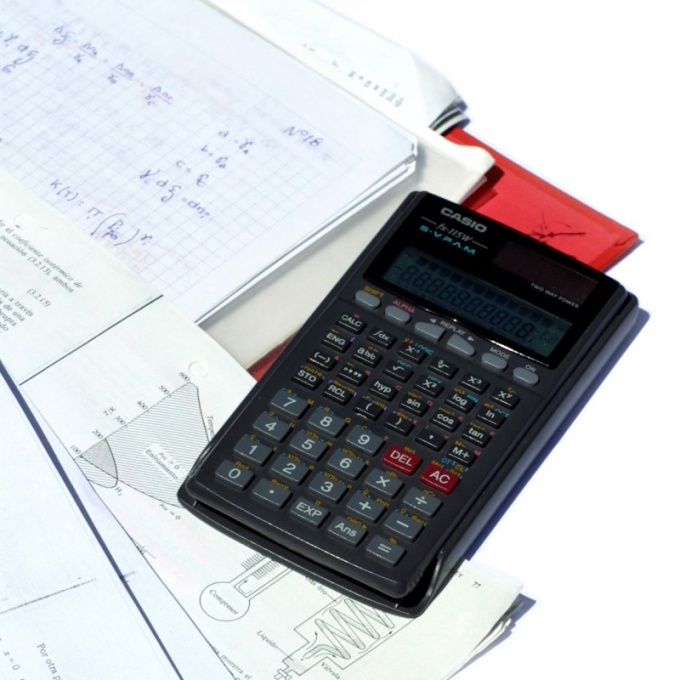Instruction
1
The volume (V) of any body is directly proportional to its mass (m), i.e. with increasing body mass needs to grow its size if remains the same another parameter that affects the volume. The other parameter is the density of matter (ρ), which is the measured object. Its relationship to volume is inversely proportional, i.e. increasing the density of the volume decreases. These two patterns are summarized in the formula that equates to the volume fraction, the numerator of which is the mass, and the denominator of the density: V = m/ρ. This ratio and use in the calculations under certain conditions, the tasks of the right side of the formula.
2
For practical calculations of volume mass and density, you can use the calculator. If you have the opportunity to use the computer, it can be a program calculator built in to its operating system. In the latest versions of Windows to run it, revealing the main menu by typing "SC" and pressing Enter. Having done this, enter the weight of the substance. For example, if you were asked to calculate the volume, which will take five tons of silver, enter the number 5000. Press the slash is the division sign and type the number that corresponds to the density of the substance. For silver is 10.3 g/cm3.
3
Press Enter and the calculator will display the volume (485,4369). Please note the dimension used in the sample weight was entered in kg, and density is in grams per cubic centimeter. To put the result in the recommended SI units of volume (cubic meters), the obtained value should be reduced a thousand times 485,4369 / 1000 = 0,4854369 m3. Of course, practical calculations are quite approximate, as it does not take into account, for example, a temperature at which is measured the density of matter - the higher it is, the less the density. And measuring the weight of the object does not take into account the height above sea level - the farther from the center of the planet, the less body weight.





